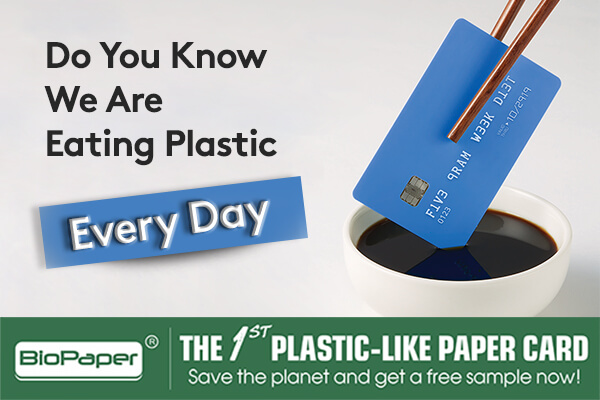In our daily lives, plastic or plastic materials are inevitable. They are abundant in the water, common foods, and air due to the microplastics (tiny pieces of plastic) that are everywhere. Therefore, it is difficult to completely avoid them.
How much plastic are we eating?
Annually, through tap water, people who meet their recommended water intake ingest an additional 4,000 plastic particles. An additional 90,000 plastic particles are ingested for those who drink only bottled water. Every week, people could be ingesting plastic equivalent to the size of plastic in a credit card mainly in food like shellfish that tends to be eaten whole as the plastic is in their digestive system is also consumed and in plastic-infused drinking water. In a year, the plastic is equivalent to plastic in a firefighter’s helmet. Therefore, in a decade, we could be eating 2.5kg (5.5lb) in plastic at this rate of consumption.
How did it happen?
Eating plastic doesn’t mean you’ll have the same fate as the poor animals that mistake it for food. Some chemicals in the plastic can be easily transferred to your food by, microwaving things in plastic, drinking bottled water, and eating canned food lined in plastic lacquer. Plastic is soft and bendable due to the most commonly used chemical, phthalates. It is not chemically bound to plastic but can get transferred to other things easily.
What will happen if we keep eating plastic?
Once we eat plastic, does it sink into our gut? enter your bloodstream? or simply passes through without harming? Up to now, scientists aren’t quite sure about the number of microplastics a body can tolerate or how much damage they do. However, different plastic types have varying toxic properties. Some pick up trace amounts of chemicals like lead found in the environment and others are made with toxic chemicals like chlorine. Over time, a build-up of these toxins could impact the immune system. Also, eating seafood contaminated with microplastics could upset a gut’s balance and damage the immune system. For people with more exposure or pre-existing conditions are less able to tolerate plastic in the air or harmful construction materials. Ingesting phthalates chemical causes premature births, miscarriage, cancer, abnormal male sexual development, asthma, premature breast development, and male infertility.
What kind of plastic are we eating?
There are hundreds of types of plastic (polymers) but we interact with only a handful regularly. In our daily lives, the following are the types of plastic we encounter;
1. PVC
Due to its hard and rigid properties, PVC is the most widely used plastic. Throughout its entire lifecycle, PVC is known to leach dangerous toxins. It is present in key cards, IV fluid bags, oxygen masks, and pet toys.
2. Polypropylene (PP)
It is ideal for food packaging and food storage items due to its heat-resistant properties. Common in hot food containers, straws, disposable diapers, and bottle caps.
3. Polyethylene Terephthalate (PET or PETE)
It is the most commonly used plastic, due to its lightweight, strong, and transparent properties. It is present in food jars/ bottles like peanut butter, honey, salad dressing.
4. Low-density Polyethylene (LDPE)
Often used in corrosion-resistant work surfaces and as a liner inside beverage cartons. Commonly found in garbage bags, grocery bags, plastic/ cling wrap, bread, and sandwich bags.
5. High-Density Polyethylene (HDPE)
Due to its strong, chemical, and moisture-resistant properties, it’s ideal for containers, cartons, and pipes. Therefore, it’s found in detergent bottles, buckets, milk cartons, and cereal box liners.
What can we use to replace these plastics?
1. BioPaper
BioPaper is the 1st plastic-like paper that can replace PVC to make hotel key cards, access control cards, etc. Also, it’s FDA certified that can be used as food packaging and storage items, straws, etc.
2. Glass
Use glass instead of plastic for milk bottles, food jars /bottles, etc.
3. Paper
Use paper straws or paper milk cartons to replace those made of plastics.
